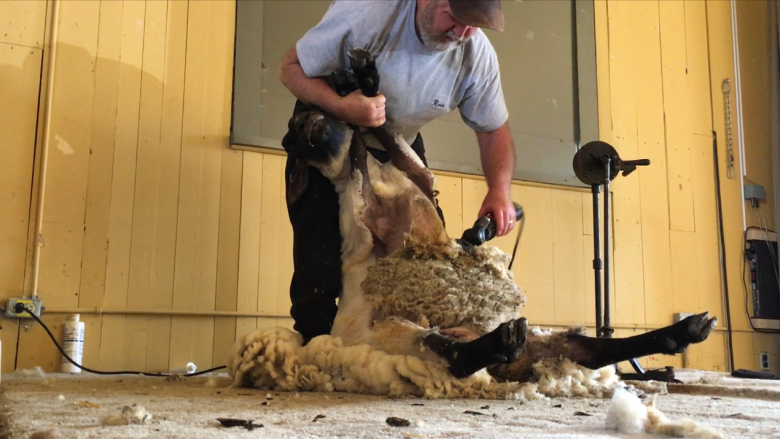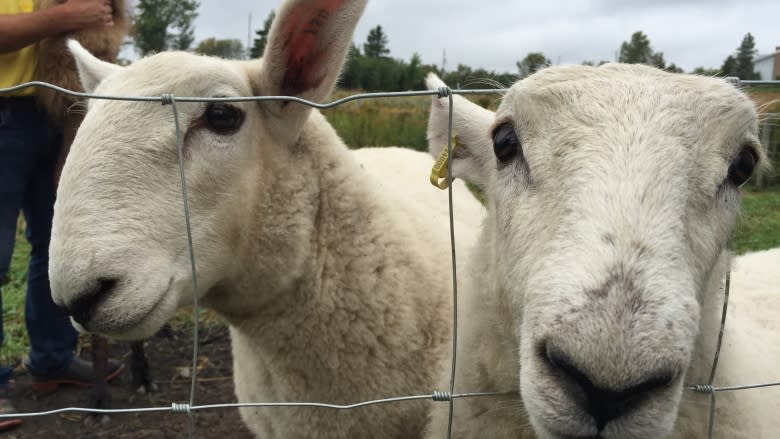Wool: the innovative home insulation you won't buy
Nova Scotia has thousands of superfluous kilograms of wool, so researchers at Dalhousie University decided to stuff it in walls to see if it would work as home insulation.
It turns out it can do the job, but selling it on an industrial scale probably won't work.
Nova Scotia produces about 27,215 kilograms of wool a year and almost half of it is wasted, said Kenny Corscadden, dean of research and graduate studies at Dalhousie's faculty of agriculture.
"Wool's really got some very good natural properties as an insulating material, so it seemed an obvious choice to see if we could re-purpose this material for insulation for homes," said Corscadden.
Wool has good thermal properties and actually competes well with insulating materials like fibreglass; it is naturally fire retardant and durable, according to Corscadden.
'You won't be able to get insurance'
Ruth Mathewson runs Upperbrook Farm near Truro. She has about 100 sheep and runs a small wool mill. The mill turns raw wool into a material usable for knitting and creating yarn.
She's worked with Corscadden to examine whether wool could be used as insulation.
"I can do it on a small scale. For rodent protection, you do need to add Borax, which is a natural product as well. Predominantly it is for log homes, where you can put it between the cracks," she said.
Some places in Europe and Australia already use wool to insulate their homes, said Corscadden.
Mathewson has been approached to insulate some homes using wool but said there are some drawbacks.
"Contractors and insurance people do not recognize wool insulation so you won't be able to get insurance if you utilize this product," she said.
Economics of wool don't work
The study also found there were other downsides to producing wool insulation on an industrial scale: it takes a lot of work to clean and prepare it for use on a large scale and it's costly to move the wool from where it's produced to where it would need to be processed.
"The economics behind the conversion of wool into an insulation isn't very attractive at the minute," said Corscadden.
In the end Corscadden determined that in Nova Scotia, wool might be used as an insulator on a small scale, but it would just be too costly to do large scale.
Corscadden and his team have already published their research on wool's properties as an insulator; this new work looking at at using waste wool in the province as insulation is going to be published in the next few months.




